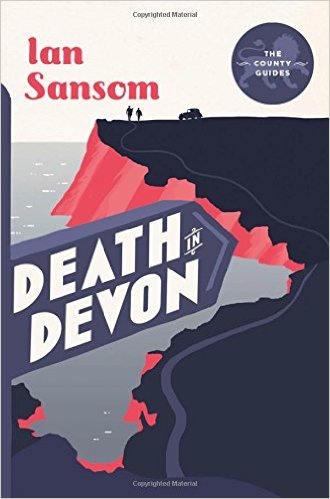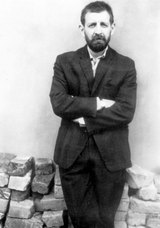This krimi is a light-hearted romp through distant Devon. This book is second in series not first. My mistake.
Our hero, Sefton, is amanuensis to Morley, an H. G. Wells-type, in 1938. The know-it-all Morley is author of endless titles including a series on English counties. Nice set up.

They fetch up at a school where Morley has been invited by an old friend to give a lecture, and there they find strange doings. Alex, the handsome and confident head teacher, has a plausible explanation for everything, but, still, Sefton has doubts. He also is jealous of Alex’s designs on Miriam, Morley’s daughter, who drives the Lagonda on these excursions. She, for her part, seems to welcome these designs.
There is a death, claimed to be an accident, of one of the school boys. Animals disappear from a nearby farm. Strange noises in the night are reported.
Sefton is, of course, right, and for all his blather Morley is quick thinking and acting in the crisis.
That makes it sound better than it reads, I confess. Many, very many, altogether too many of the pages of the first two-thirds of the book are given over to Morley expatiating on endless, irrelevant subjects. Exhausting. Pointless. Did I say, tiresome. Morely is an expert on everything and has to prove it minute-by-minute.
At the outset I compared him to H.G. Wells because of that know-it-allness, and the endless list of his book titles, but he is not as pompous and self-important as I suppose Wells was. I say that because I suppose some of Wells’s book have an autobiographical element, e.g., ‘The New Machiavelli.’
The three principals are likeable, the set up is clever, and the place, Devon is different. There is some mis-direction about those caves that keeps the suspense alive. But Morley droning on, while Sefton mentally footnotes the drone to his list of publications, is deadening.
 Ian Sansom
Ian Sansom
Loved his bad books library series set in Northern Ireland.
Skip to content
